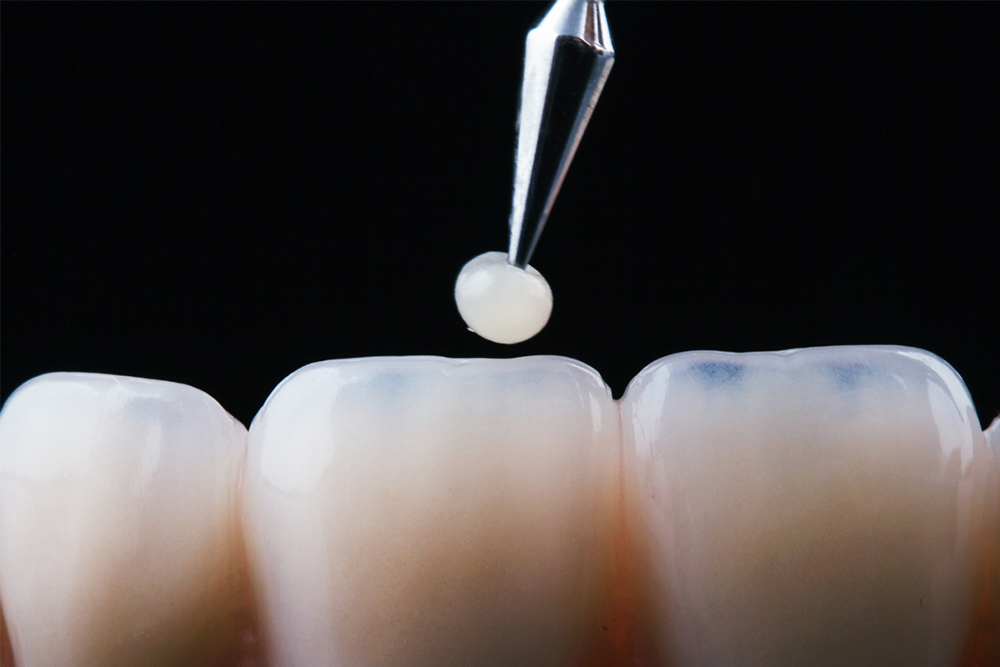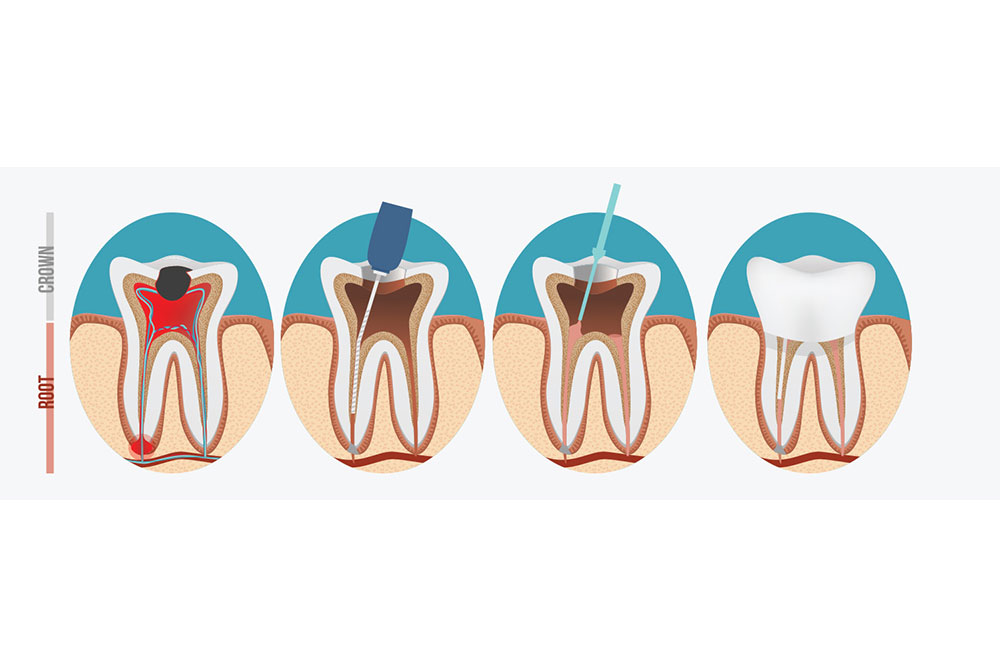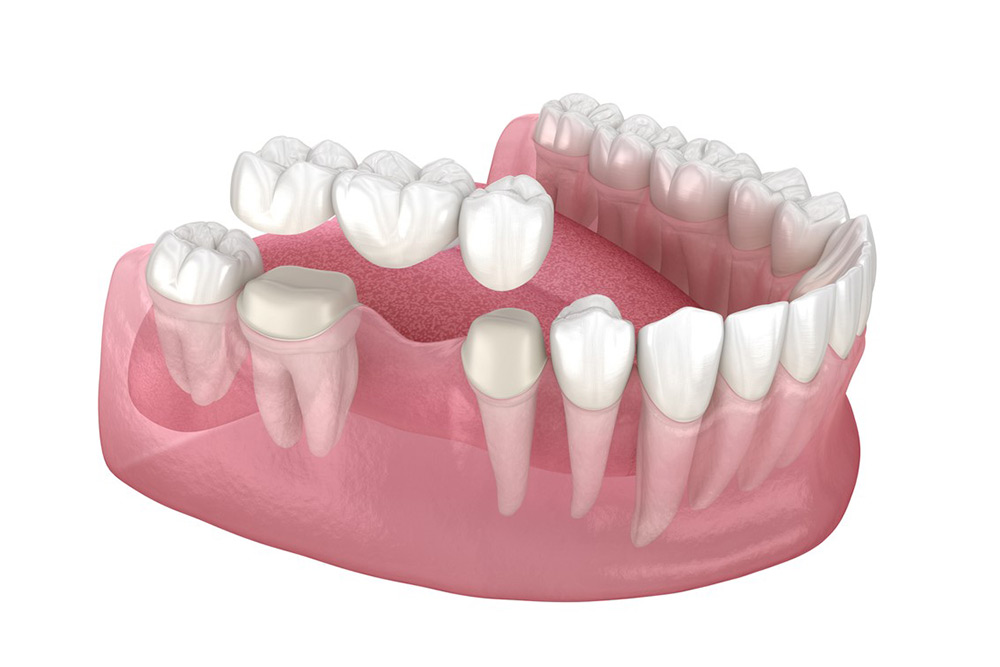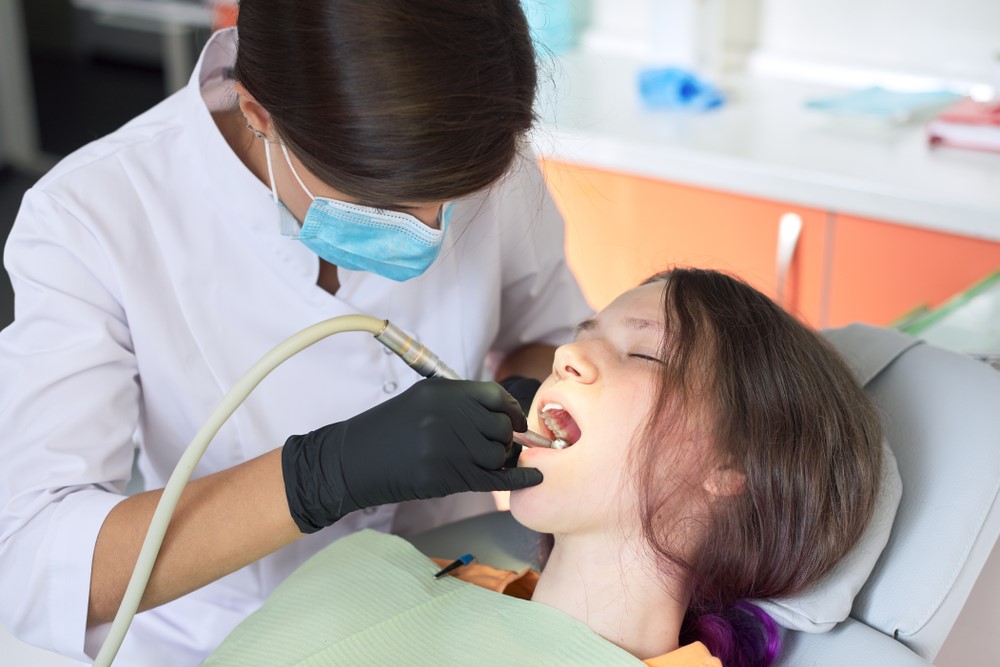Dental Information and Tips from St. Jacobs Dental Care
Restorative Dentistry in St. Jacobs: Preserving Teeth
December 6, 2025 / DENTISTRY

Modern restorative dentistry in St. Jacobs
Modern restorative dentistry in St. Jacobs has evolved dramatically over the past decade, with a strong focus on preserving natural tooth structure. At St. Jacobs Dental Care, the team embraces minimally invasive techniques that prioritize conservation over aggressive treatment. Understanding how restorative dentistry in St. Jacobs can save more of your natural tooth while still providing durable, beautiful results is essential for making informed decisions about your dental care. This conservative approach not only protects your teeth today but also sets the foundation for better long-term oral health.
Conservative Preparation Techniques in Restorative Dentistry
Preserving Healthy Tooth Structure
The primary goal of minimally invasive restorative dentistry is to remove only diseased or damaged tooth structure. Healthy tooth material is carefully preserved whenever possible.
- Stronger teeth with more natural structure remaining
- Reduced sensitivity after treatment
- Less need for anesthesia in many cases
- Better long-term prognosis for treated teeth
- Lower risk of needing root canal treatment later
- Preservation of tooth vitality and natural function
Modern Preparation Methods
At St. Jacobs Dental Care, located at 10 Parkside Dr in St. Jacobs, the dental team uses advanced techniques to minimize tooth removal. Air abrasion technology can remove decay without the heat and vibration of traditional drills. Laser dentistry allows for extremely precise removal of damaged tissue. These methods are gentler on teeth and often more comfortable for patients. They also allow dentists to be more selective about what tissue is removed, preserving maximum healthy structure.
Micro-Dentistry Approach
Micro-dentistry involves using magnification and specialized instruments to work at a microscopic level. This allows for incredibly precise treatment that removes only what's necessary. The result is smaller restorations that preserve more natural tooth structure.
Bonding Technologies in Restorative Dentistry in St. Jacobs
How Modern Bonding Works
Today's dental bonding materials create a chemical bond with tooth structure. This is fundamentally different from older materials that simply filled a space. The chemical bond means restorations can be smaller while still being incredibly strong.
- Smaller cavity preparations required
- Restorations that strengthen remaining tooth structure
- Better seal against bacteria and decay
- More natural appearance that blends with teeth
- Longer-lasting results with proper care
- Ability to repair rather than replace old fillings
Composite Resin Restorations
Composite fillings are the cornerstone of minimally invasive restorative dentistry. These tooth-colored materials bond directly to enamel and dentin. This bonding allows for much more conservative preparations compared to traditional amalgam fillings. Composite restorations can be precisely shaped and colored to match natural teeth. They require less tooth removal and actually reinforce the remaining tooth structure through their bonding properties.
Adhesive Dentistry Applications
Modern adhesive techniques extend beyond simple fillings. They're used for veneers, inlays, onlays, and even some crown preparations. In many cases, restorative dentistry in St. Jacobs can now repair teeth that would have required extraction in the past.
Preventive Approaches in Restorative Dentistry in St. Jacobs
Early Detection and Intervention
Catching dental problems early allows for the most conservative treatment possible. Regular examinations at St. Jacobs Dental Care include:
- Digital X-rays that detect decay between teeth
- Visual examination with magnification
- Laser cavity detection technology
- Assessment of bite and wear patterns
- Evaluation of existing restorations
Early detection means smaller cavities that require less invasive treatment. A tiny cavity caught early might need only a small filling, while the same cavity left untreated could eventually require a crown or root canal.
Remineralization Strategies
Not all early decay requires drilling and filling. Very early cavities can sometimes be reversed through remineralization. This process involves:
- Fluoride treatments to strengthen enamel
- Prescription toothpastes with high fluoride content
- Dietary modifications to reduce acid exposure
- Improved oral hygiene techniques
- Regular monitoring to ensure decay doesn't progress
Protective Sealants
Dental sealants provide a protective barrier over vulnerable tooth surfaces. They're particularly effective on back teeth with deep grooves. Sealants prevent decay from starting, eliminating the need for future restorative work. While commonly associated with children, adults can also benefit from sealants. They're an excellent preventive measure for anyone at higher risk of decay.
Long-Term Benefits of Minimally Invasive Restorative Dentistry
Tooth Longevity
Teeth with more natural structure remaining are stronger and last longer. Each time a tooth is restored, some structure is removed. Minimally invasive techniques preserve more tooth, reducing the likelihood of needing more extensive work later.
Reduced Treatment Cascade
Traditional dentistry often led to a "treatment cascade" where fillings eventually needed crowns, which eventually needed root canals. Minimally invasive restorative dentistry interrupts this cascade by preserving tooth vitality and strength from the start.
Cost-Effectiveness
While individual minimally invasive treatments may cost similarly to traditional approaches, the long-term savings are significant. Preserving natural tooth structure reduces the need for more extensive, expensive treatments in the future.
Technology Supporting Restorative Dentistry in St. Jacobs
Digital Imaging and Planning
Digital X-rays and intraoral cameras allow for precise diagnosis and treatment planning. These tools help identify the smallest areas of concern and plan the most conservative treatment approach.
CAD/CAM Technology
Computer-aided design and manufacturing allows for precise, custom restorations that require minimal tooth preparation. These restorations fit better and last longer than traditional alternatives.
Experience Minimally Invasive Care
At St. Jacobs Dental Care, the commitment to preserving natural tooth structure guides every treatment decision. The team believes that less is often more when it comes to dental treatment. Ready to experience the benefits of minimally invasive restorative dentistry in St. Jacobs? Contact St. Jacobs Dental Care at 519-664-2434 or email info@stjacobsdentalcare.ca to schedule your consultation. The office is conveniently located at 10 Parkside Dr in St. Jacobs, with appointments available Monday through Thursday from 8:00 AM to 5:00 PM and Friday mornings from 8:00 AM to 12:00 PM. Discover how modern restorative dentistry in St. Jacobs can repair your teeth while preserving maximum natural structure for better long-term oral health.
Tongue Tie: Impact on Oral Development
November 20, 2025 / DENTISTRY

Understanding Tongue Tie and Oral Development
Many parents are surprised to learn that tongue tie can affect far more than just feeding and speech. At St. Jacobs Dental Care, the team frequently evaluates how tongue tie influences oral development, including jaw growth and teeth alignment. Understanding the connection between tongue tie and oral development is crucial for parents who want to give their children the best start for healthy dental development. Early identification and treatment can prevent complications that might otherwise require extensive orthodontic intervention later in life.
How Tongue Tie Affects Palate and Jaw Development
The tongue plays a surprisingly important role in shaping the mouth and jaw during childhood development. When tongue tie restricts normal tongue movement, it can significantly impact how the palate and dental arches form.
Proper Tongue Position and Growth
In healthy oral development, the tongue naturally rests against the roof of the mouth. This position provides gentle, constant pressure that helps the upper jaw develop to its full width.
- The upper jaw may not receive adequate stimulation for proper growth
- The palate can become narrow and high-arched
- Dental arches may develop too narrow for proper tooth alignment
- Less space exists for permanent teeth to erupt straight
- Breathing patterns can be affected due to reduced nasal airway space
Impact on Dental Arch Formation
Children with tongue tie often cannot position their tongues correctly against the palate. This lack of proper tongue posture leads to underdeveloped dental arches. Narrow dental arches create insufficient room for permanent teeth, often resulting in crowding and misalignment.
At St. Jacobs Dental Care, located at 10 Parkside Dr in St. Jacobs, the dental team carefully evaluates tongue position and palate development during routine examinations.
Tongue Tie and the Need for Orthodontic Treatment
One of the most significant long-term impacts of untreated tongue tie is the increased likelihood of needing orthodontic treatment.
Why Alignment Issues Develop
- Upper jaw remains narrow, potentially creating crossbite
- Lower jaw may develop differently, leading to overbite or underbite
- Crowding occurs when dental arches don't reach full potential
- Teeth become crooked, rotated, or overlapping
Orthodontic Implications
Many children with untreated tongue tie eventually require braces or other orthodontic interventions. However, treating tongue tie early can sometimes reduce the extent of orthodontic treatment needed later. In some cases, early intervention may even prevent the need for braces altogether.
It's important to note that releasing a tongue tie doesn't automatically correct existing alignment problems. If a child has already developed a narrow palate or crowded teeth, orthodontic treatment may still be necessary.
The dental team at St. Jacobs Dental Care works collaboratively with orthodontists to determine the best timing for each individual patient.
Early Intervention Benefits for Tongue Tie
Addressing tongue tie early in life offers numerous advantages for overall oral and facial development. The younger the patient, the more adaptable their oral structures are to positive changes.
- Improved feeding in infants supports better nutrition and growth
- Proper tongue function guides balanced facial structure development
- Prevention of compensatory breathing and swallowing patterns
- Reduced likelihood of extensive orthodontic treatment later
- Better sleep quality and airway development
- More harmonious overall facial proportions
Preventing Compensatory Patterns
When tongue tie restricts normal movement, children often develop compensatory habits. They might breathe through their mouths instead of their noses. They may position their jaws awkwardly to accommodate the restricted tongue.
Early treatment of tongue tie prevents these problematic patterns from becoming established. The tongue can function normally from the start, supporting healthy breathing, swallowing, and developmental patterns.
Tongue Tie Effects on Breathing and Sleep
The connection between tongue tie and oral development also extends to breathing patterns.
Mouth Breathing Consequences
Children with tongue tie often become habitual mouth breathers. When the tongue cannot rest properly against the palate, it may drop down and back. This can partially obstruct the airway, making nasal breathing difficult.
- Narrow palate development
- Elongated facial structure
- Dental crowding
- Increased risk of cavities and gum disease
- Poor sleep quality
Evaluation Process for Tongue Tie at St. Jacobs Dental Care
At St. Jacobs Dental Care, evaluating tongue tie involves more than just looking at the frenulum. The team assesses how the tongue functions and how it's affecting overall oral development.
- Tongue mobility examination
- Palate shape evaluation
- Dental arch development assessment
- Bite alignment analysis
- Observation of feeding, speech, and breathing patterns
- Review of developmental history
Taking Action for Your Child's Development
If you suspect your child may have tongue tie, or if you've noticed signs of narrow palate development or dental crowding, seeking evaluation is an important first step.
Ready to learn more about how tongue tie might be affecting your child's oral development? Contact St. Jacobs Dental Care at 519-664-2434 or email info@stjacobsdentalcare.ca to schedule a comprehensive evaluation. The office is conveniently located at 10 Parkside Dr in St. Jacobs, with appointments available Monday through Thursday from 8:00 AM to 5:00 PM and Friday mornings from 8:00 AM to 12:00 PM.
Early intervention for tongue tie can make a significant difference in your child's oral development, potentially reducing or preventing the need for extensive orthodontic treatment later.
Archive















































